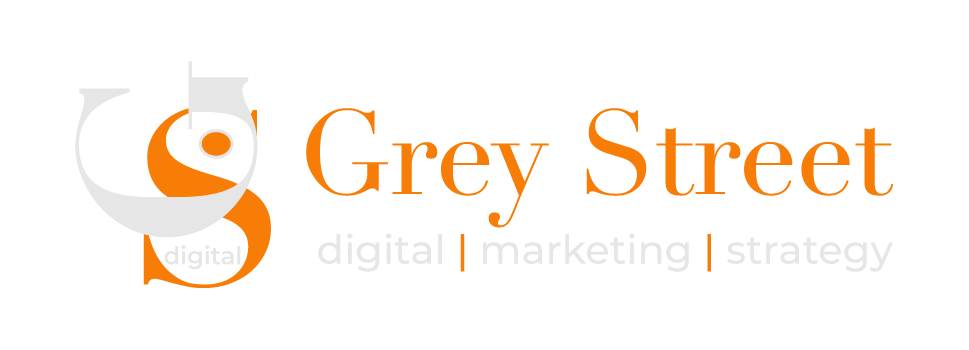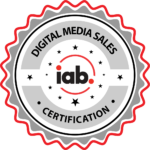Just hear those sleigh bells jingling, ring ting tingling, too. That’s the sound of the holiday season, which is the most critical time of the year for retailers. As we look ahead to the 2024 holiday season, it’s never too early to start planning your holiday marketing strategies.
With a dynamic economy, evolving consumer behavior, and technological advancements shaping the retail landscape, small—and medium-sized businesses (SMBs) must take a strategic approach.
In this article, we’ll explore essential strategies to help SMBs navigate the holiday season, focusing on pricing, promotions, and maximizing in-store experiences.
The Impact of the Presidential Election on Consumer Behavior
The 2024 presidential election will undoubtedly influence consumer behavior during the holiday season.
Historically, elections have had a notable impact on retail sales. According to EMarketer, while presidential elections typically cause retail sales to slow, that effect could be intensified given the high-stakes nature of this year’s race.
Small and medium-sized businesses should be aware of this potential surge in spending and plan their inventory, marketing, and promotions accordingly.
Forming Strategic Partnerships
As marketing costs rise, strategic partnerships are becoming a valuable tool for reaching new audiences.
Collaborations between brands, both online and offline, offer a cost-effective way to expand reach and generate buzz. For instance, Anthropologie and Pinterest’s collaboration on a Holiday Showhouse allowed consumers to explore design trends and engage with shoppable content.
For SMBs, forming partnerships with complementary businesses can increase visibility, enhance customer experiences, and drive sales.
Crafting Targeted and Personalized Promotions
In 2024, personalization will be key to successful holiday promotions.
Consumers are increasingly seeking offers tailored to their specific needs and preferences. A study found that 83 percent of consumers are interested in receiving personalized offers, yet only 44 percent felt the offers they received were relevant, according to EMarketer. This gap presents an opportunity for SMBs to refine their promotional strategies.
By leveraging customer data, businesses can create more personalized and relevant offers that not only attract attention but also convert to sales.
Enhancing the In-Store Experience
Despite the growing dominance of e-commerce, the in-store experience remains a crucial aspect of the retail strategy.
SMBs can differentiate themselves by creating engaging, experiential shopping experiences through digital marketing. For example use an email to share an exclusive in-store deal.
A digital presence is also key to building awareness for your brick-and-mortar. Setting up your Google Business Profile can led potential customers to your store as well as can help in the future with digital advertising. For example Google will allow you to connect your Google Business Profile to your Google Ads and set the store visits as a conversion point.
By transforming brick-and-mortar locations into the digital space, SMBs can offer unique experiences that attract customers and encourage in-store purchases.
Pricing and Promotion Strategies
In an era of rising prices and discerning consumers, SMBs must remain vigilant about their competitors’ pricing strategies.
Understanding how other brands are pricing their products is essential for maintaining competitiveness. Monitoring the market helps SMBs adjust their pricing and promotions to remain attractive to consumers while ensuring profitability.
The Impacts of Customer Service
Customer service can impact any business. It’s important to be aware of the impacts it can have including on word-of-mouth marketing.
Providing outstanding customer service can lead to sharing positive experiences within the customer’s network and even digitally through reviews. By encouraging customers to leave reviews your business opens the door to potential new customers while also improving the quality of service.
Timing is Everything
Aligning promotions with seasonal events is another critical strategy.
For example, promoting chips and beverages during the football season or over-the-counter medicine during flu season ensures that products are at the top of consumers’ minds when they are ready to buy.
Understanding the purchase cycle of your products can also help you time promotions effectively, capturing sales when consumers are most likely to make a purchase.
Avoiding Over-Promotion
While promotions are essential, it’s important not to overdo them.
Consumers can become trained to expect discounts and may delay purchases until the next promotion, undermining your pricing strategy. To avoid this, SMBs should focus on offering value beyond just discounts, such as exclusive products, superior customer service, or enhanced shopping experiences.
Staying Agile with Actionable Insights
Finally, staying agile with data-driven insights is crucial for SMBs during the holiday season.
AI-powered tools and data analytics can help businesses understand consumer behavior, optimize pricing strategies, and make real-time adjustments to their marketing efforts.
Utilizing tools like Google’s Performance Max campaigns can help SMBs maximize their reach and ROI across various channels, including search, shopping, YouTube, and more.
Jump Right into Your Holiday Marketing
The 2024 holiday season promises to be both challenging and full of opportunities for SMBs.
By understanding the impact of the presidential election, forming strategic partnerships, crafting personalized promotions, enhancing the in-store experience, and utilizing data-driven insights, SMBs can position themselves for success.
Start planning now to ensure your business is ready to capture the full potential of the holiday season.
Download our FREE Holiday Marketing Strategy Guide HERE.























